- contact@laparoscopyadvice.com
- General Practice Hospital, G-9/2 Islamabad
- Mon - Fri: 10:00 am - 7:00 pm
Visiting Hours
| Mon - Fri: | 8:00 am - 8:00 pm |
| Saturday: | 9:00 am - 6:00 pm |
| Sunday: | 9:00 am - 6:00 pm |
Gallery Posts
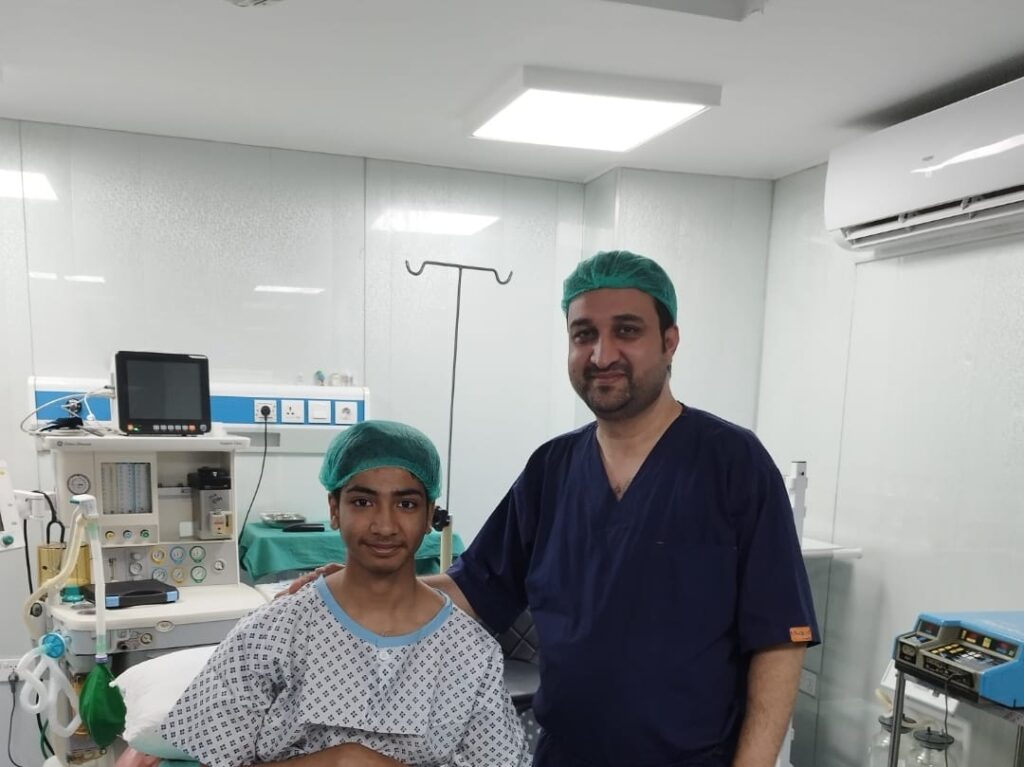
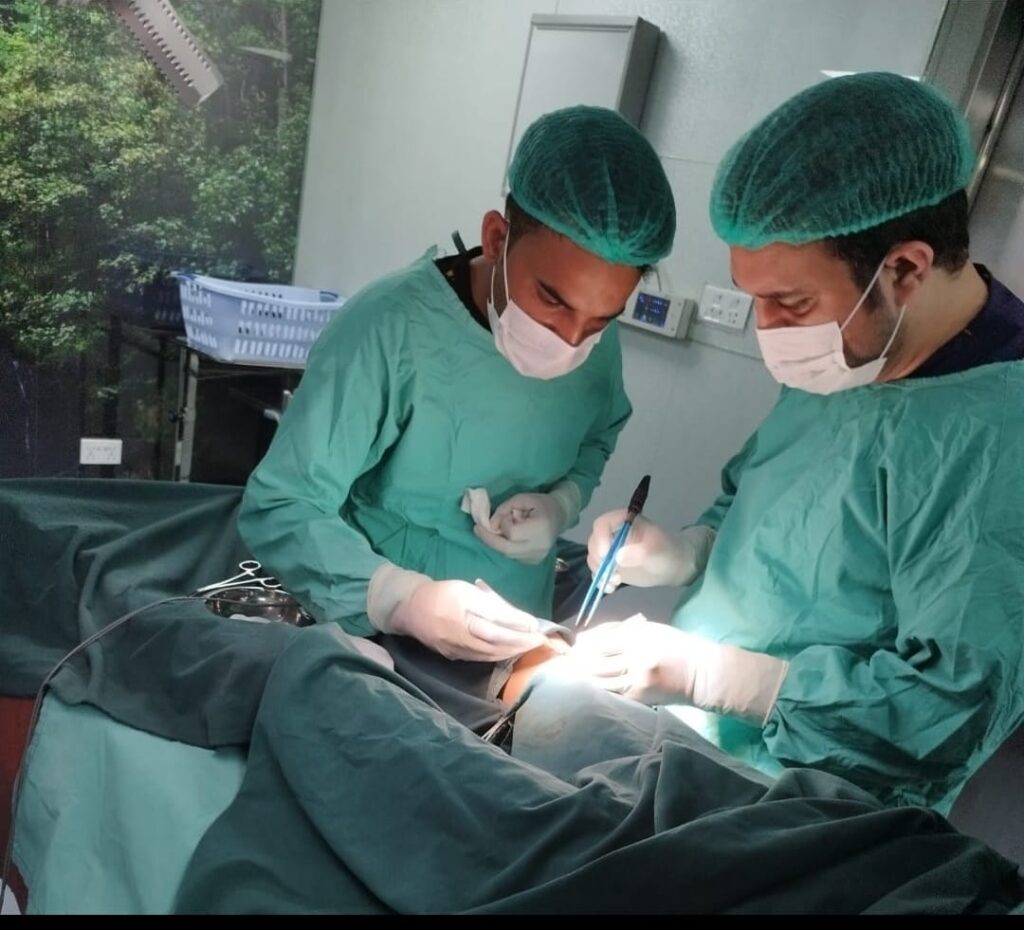

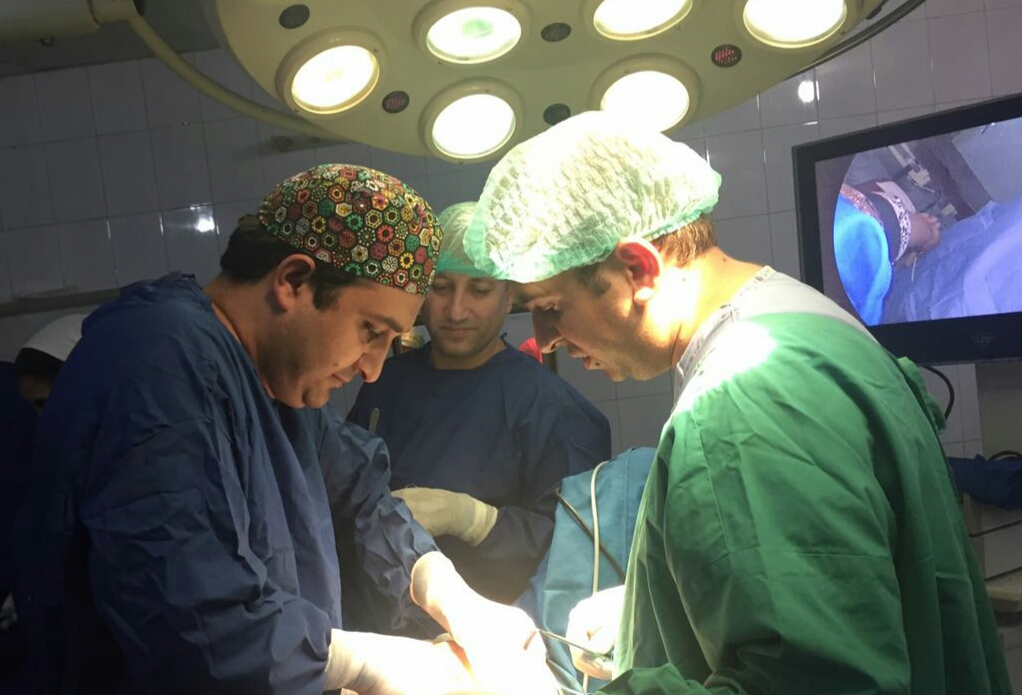
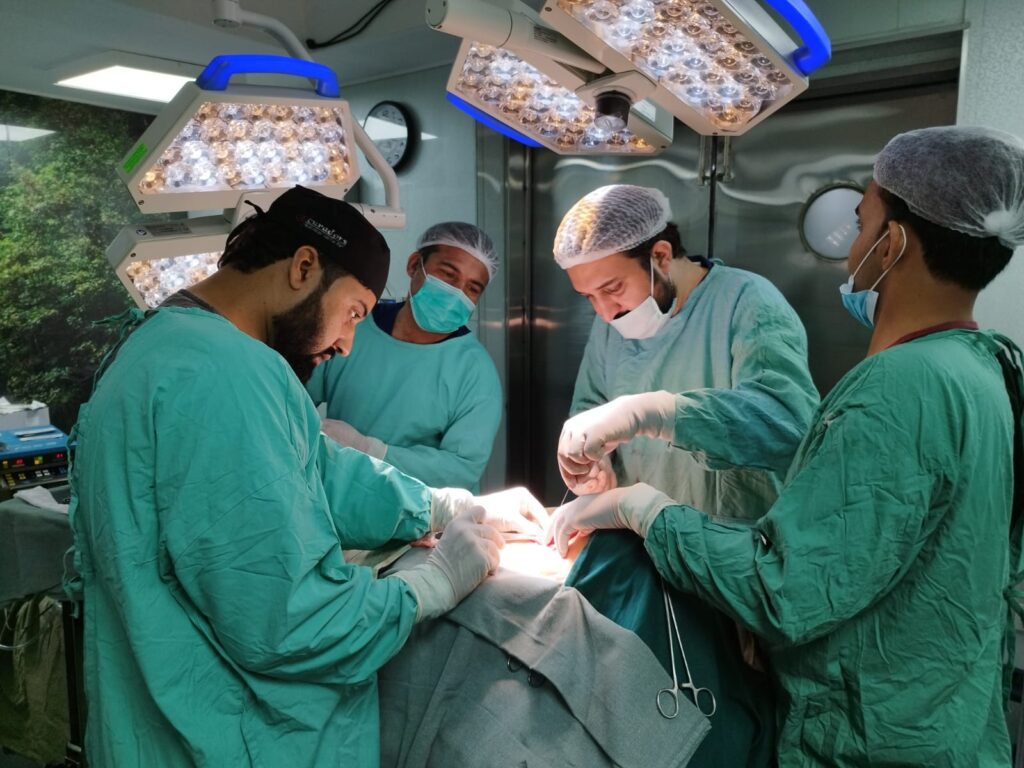

| Mon - Fri: | 8:00 am - 8:00 pm |
| Saturday: | 9:00 am - 6:00 pm |
| Sunday: | 9:00 am - 6:00 pm |






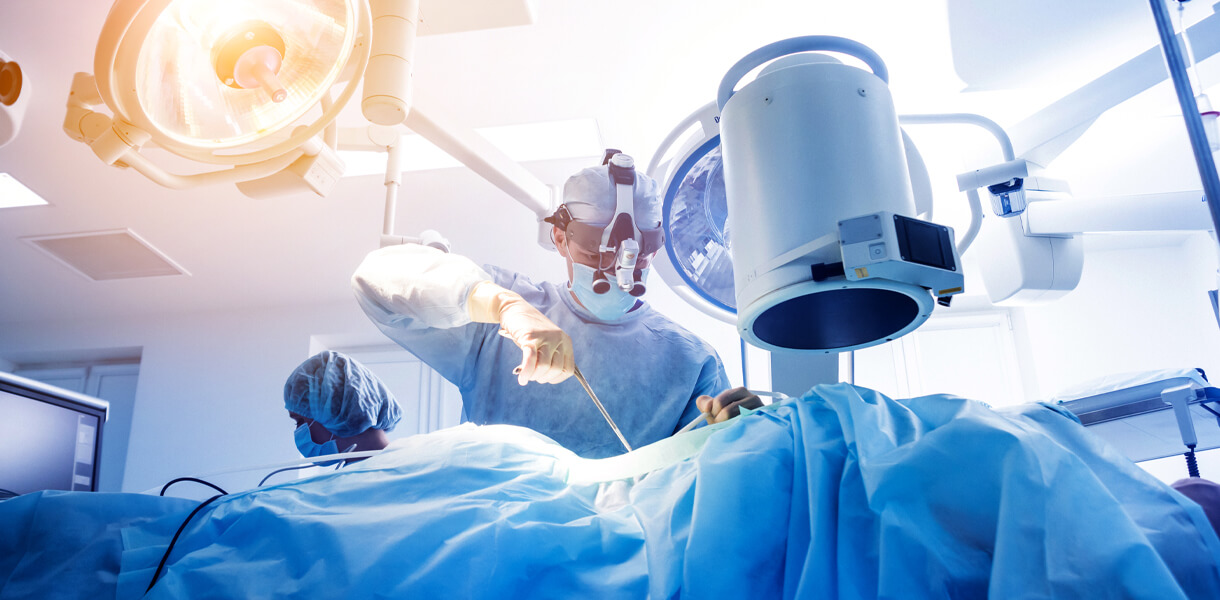
Pilonidal Sinus is a surgical technique used in the management of pilonidal sinus, a condition characterized by the formation of a small tunnel or tract in the skin near the top of the buttocks. Pilonidal sinuses can become infected and cause pain, swelling, and drainage of pus or blood. Pilonidal Sinus procedure aims to remove the sinus tract and promote healing while minimizing the risk of recurrence.
Pilonidal Sinus involves the surgical excision of the pilonidal sinus along with surrounding tissue followed by the creation of a rhomboid-shaped flap from adjacent healthy skin. The flap is then rotated and sutured into place over the defect left by the sinus excision, effectively closing the wound and redistributing tension to prevent recurrence.
Procedure: The procedure is typically performed under local or general anesthesia in an operating room. After the sinus tract and surrounding tissue are excised, the rhomboid flap is designed and elevated, ensuring adequate blood supply. The flap is then rotated into position and sutured to cover the defect, creating a tension-free closure.
Wound Healing: Limberg’s rhomboid flap in Pilonidal Sinus promotes wound healing by bringing healthy, well-vascularized tissue into the defect area, reducing the risk of infection and promoting faster healing. The flap also helps to prevent the formation of new sinus tracts by providing a robust tissue barrier.
Hair Ingrowth: Pilonidal sinuses often develop due to the accumulation of hair in the skin folds near the buttocks, leading to the formation of sinus tracts and recurrent infections.
Sedentary Lifestyle: Individuals who sit for prolonged periods or engage in activities that put pressure on the buttocks are at increased risk of developing pilonidal sinuses.
Pain and Swelling: Pilonidal sinuses can cause pain, swelling, and tenderness in the affected area, especially during periods of inflammation or infection.
Drainage: Patients may experience drainage of pus, blood, or clear fluid from the sinus openings, which can be recurrent and malodorous.

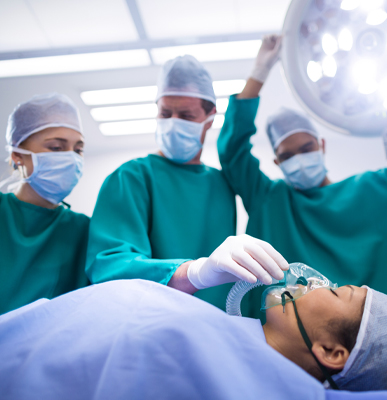

Limberg’s Rhomboid Flap in Pilonidal Sinus: Surgical excision of the sinus tract followed by the creation and rotation of a rhomboid flap is a definitive treatment option for pilonidal sinuses, particularly recurrent or complex cases.
Laser Hair Removal: Some patients may benefit from laser hair removal to reduce hair growth in the affected area and prevent recurrence.
| Mon - Fri: | 9:00 am - 7:00 pm |
| Saturday - Sunday: | Off |
Copyright 2023 Adil's Laparoscopy World | Powered by Dynaamx